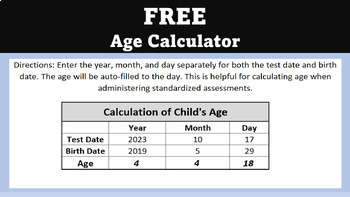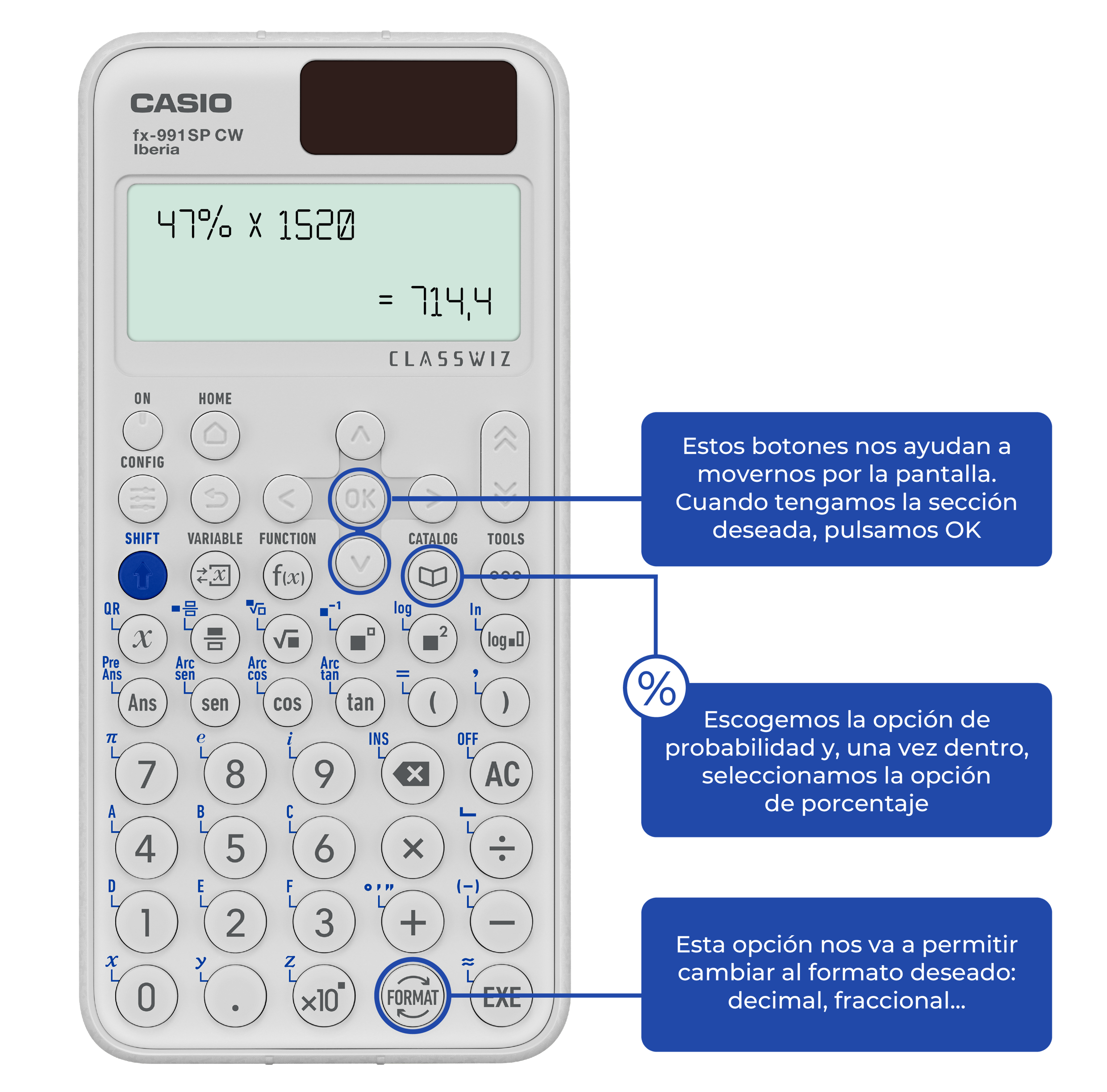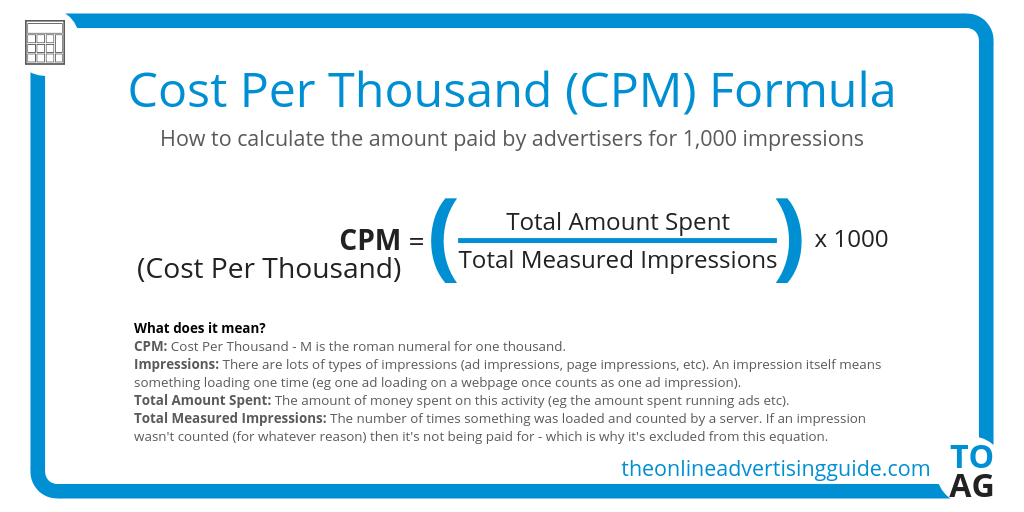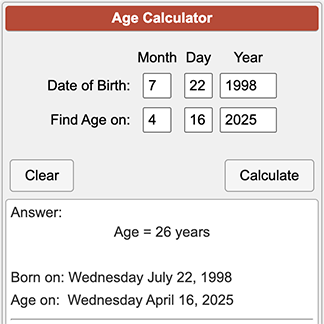Calculating one’s age might seem straightforward, but it becomes critical when used for formal evaluations and assessments. A chronological age calculator, especially one provided by a trusted source like Pearson, offers a valuable tool for obtaining precise age measurements crucial in various professional contexts.
Understanding the difference between chronological age and biological age, as well as cultural variations in calculating age, can significantly impact not just personal insights but also professional assessments, such as those used in speech therapy and other developmental evaluations.
How to calculate your chronological age?
Calculating your chronological age involves comparing your birth date with the current date or a specific date of interest. This calculation provides an accurate measurement of the time you have lived, expressed in years, months, and sometimes even days, weeks, or hours.
The Pearson chronological age calculator simplifies this process by requiring you to input your birth date and the date you are measuring against. It then computes your precise age, relieving you of the potential errors that can come with manual calculations.
Manual calculations, while straightforward, can often lead to small errors, particularly if you’re not paying close attention to details like leap years or varying month lengths. Therefore, using a reliable online tool ensures that you get accurate and instant results.
To further understand the application of chronological age in various settings, let’s delve into the significance of this measurement.
What is the importance of calculating chronological age in evaluations?
Chronological age plays a pivotal role in evaluations, especially those related to educational and health-related assessments. For instance, in speech therapy, a child’s therapy plan is often based on their developmental milestones which are closely aligned with their precise age.
Small errors in calculating a child’s age can lead to misdiagnosis or inappropriate therapy strategies. This is because these evaluations typically refer to norms or developmental data, which are strictly age-based. Accurate chronological age calculation ensures that the right parameters are being employed for the individual.

For adults, chronological age is equally important in contexts like employment, legal matters, and health screenings, where age can be a determining factor in decision-making processes.
How can you use the chronological age calculator?
Using the Pearson chronological age calculator is straightforward: enter your birth date and the date for which you wish to calculate your age. The tool then instantly provides you with your chronological age. This simple process replaces older, less reliable tools and brings consistency and precision to the task.
For professionals, this means readily having accurate data for evaluations without having to double-check calculations manually. For individuals, it offers a quick way to find out one’s age, which might be useful for applications like passport renewals, retirement planning, or just out of personal interest.
- Input the birth date
- Input the current or a specific date
- Receive your chronological age in years, months, and days
The calculator’s user-friendly interface ensures that anyone can use it without requiring specialized knowledge or training.
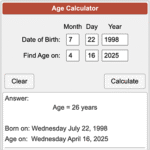 Age calculator – Calculate age from date of birth online
Age calculator – Calculate age from date of birth onlineWhat are the features of the Pearson chronological age calculator?
Pearson’s chronological age calculator stands out for its user-friendly design and accuracy. It provides an age breakdown that is precise to the very day, a feature particularly important in professional settings where even a day’s difference can be significant.
Additional features of the calculator may include insights related to the user’s birthday, like zodiac signs or birthstones, and it often extends to cultural variations in age calculation, which adds depth to the utility of the tool.
Here’s a brief overview of the features:
- Accurate results in years, months, and days
- Consideration of leap years and irregular month lengths
- Cultural variations in age calculation methods
- Simple and clear instructions for use
Such comprehensive features make it a preferred tool for individuals and professionals alike.

How does cultural variation affect age calculation?
Cultural variations can have a significant impact on how age is calculated. In Western cultures, a person’s age increases on their birthday, whereas in some East Asian cultures, such as the traditional Chinese age system, age is counted from one at birth and increases during the Lunar New Year.
This means that for the same individual, their age could be represented differently depending on the cultural context. Understanding these differences is essential when working in international or multicultural environments.
The Pearson chronological age calculator takes such variations into account, providing a methodology that considers these complexities while generally using the simplest Western approach.
What is the difference between chronological age and biological age?
Chronological age is the precise amount of time a person has existed from their birth to a given date. Biological age, on the other hand, refers to how old a person seems based on various factors, including genetics, lifestyle, and health.
Biological age can differ significantly from chronological age, indicating an individual’s health relative to their actual age. Understanding both types of age is important for a complete view of an individual’s overall well-being.
For example, a person may have a chronological age of 50 years but have a biological age that is younger or older, depending on such factors as fitness, nutritional habits, and stress levels.
How to calculate your age using a specific date?
To calculate your age as of a specific date, you would subtract your birth date from that particular date. The Pearson chronological age calculator automates this process, providing you with accurate results that account for all calendar variations.
You can also perform this calculation manually by breaking down the years, months, and days, though this is more prone to inaccuracies due to the complexities of the calendar system.
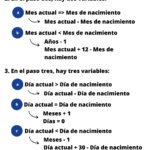 Calculadora de edad – Calcular edad – Cuántos años tengo?
Calculadora de edad – Calcular edad – Cuántos años tengo?
Let’s include a practical example with the help of a video:
This video demonstrates how to use an age calculator to determine your exact age up to the current date or a date of your choosing, further emphasizing the value of such tools in achieving precise age measurements.
Related Questions on Chronological Age Calculation
What is the formula for calculating chronological age?
The formula for calculating chronological age is typically the difference in years between the current date and the birth date. When calculating manually, you would subtract the birth year from the current year and adjust for the months and days if necessary.
This ensures that the age is represented accurately up to the selected date, accounting for the specific days and months that have passed.
How to calculate chronological age for testing?
For testing purposes, it’s important to have precise age calculations. Calculating chronological age for testing involves using the birth date and the testing date to determine the exact age of the person on that specific day.
This is especially important when testing standards and norms are age-specific, as is often the case in educational and psychological evaluations.
How to calculate chronological age and adjusted age?
Adjusted age is often used for premature infants, where the age is calculated based on the due date rather than the actual birth date. To calculate the adjusted age, you subtract the number of weeks the child was born early from their chronological age.

This allows for a more accurate assessment of the child’s development by considering the premature birth.
How do you figure out your age?
You figure out your age by calculating the difference between the current date and your birth date. An age calculator like Pearson’s can do this instantly and accurately, but it can also be done manually by subtracting the birth year from the current year and adjusting for the exact month and day.
Understanding the relevance of chronological age in various applications, including speech therapy tests and other professional contexts, is crucial. Practical examples and tips on how to effectively use a chronological age calculator, as well as a discussion on cultural differences in age calculation, can make this tool highly useful for users from all walks of life.
 Traductor foto – Traducir imágenes con texto online
Traductor foto – Traducir imágenes con texto online






